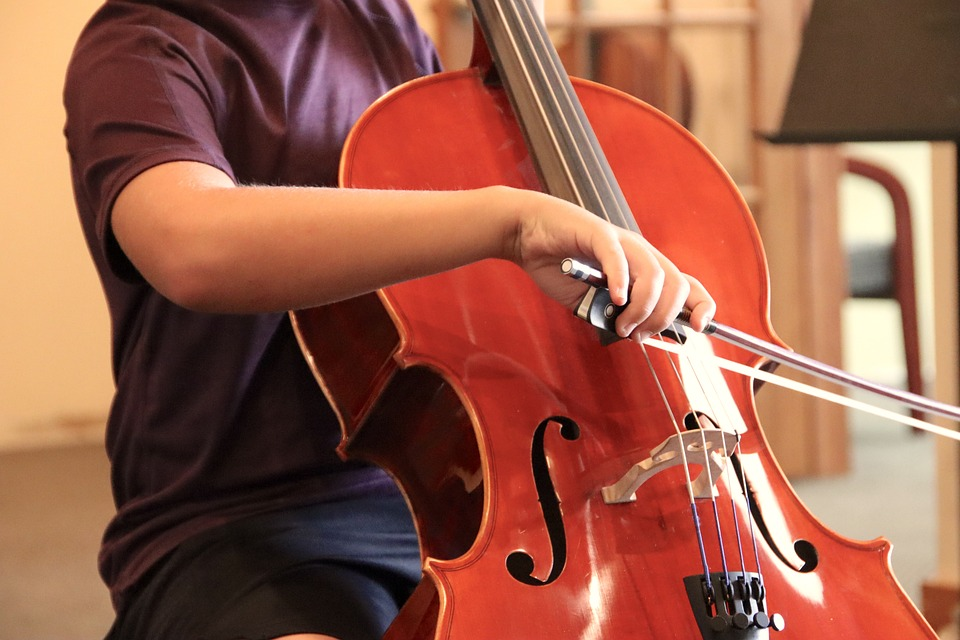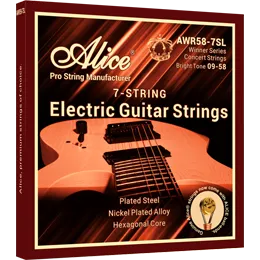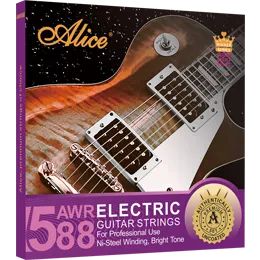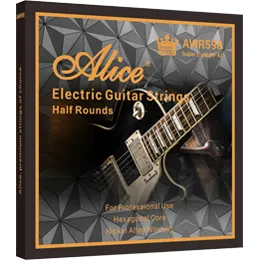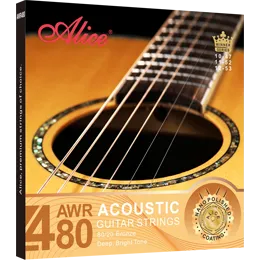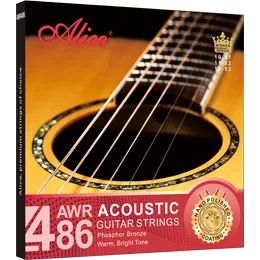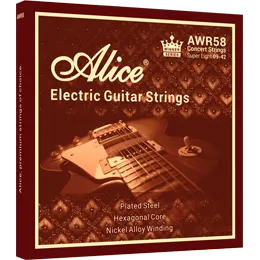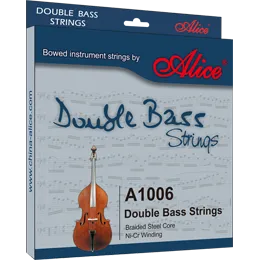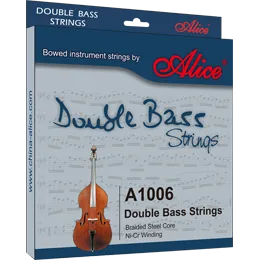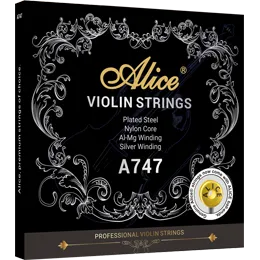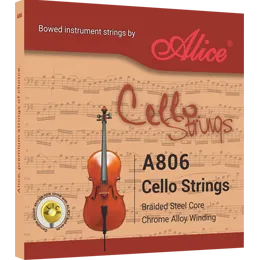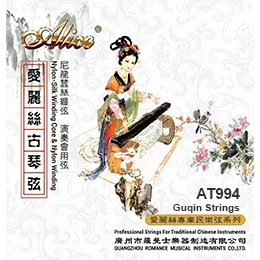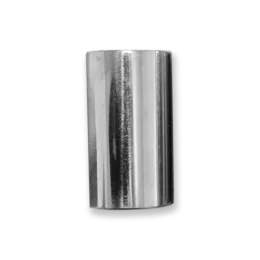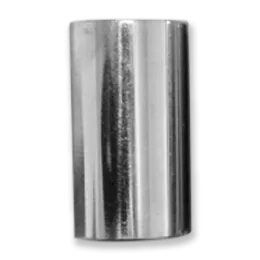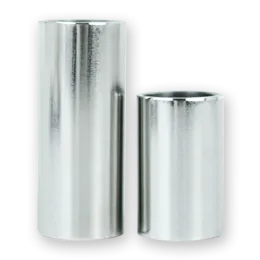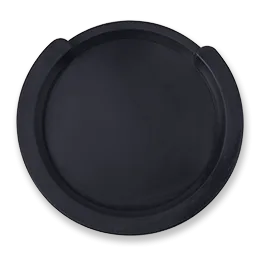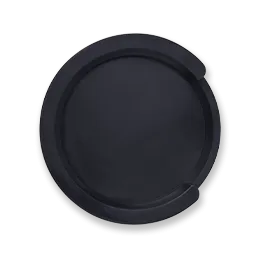How to Choose the Right Guitar String Gauge: Light, Medium, or Heavy?
One of the most important yet often overlooked aspects of your guitar’s sound and playability is the string gauge—in simple terms, the thickness of the strings. Whether you’re a beginner or a seasoned player, choosing between light, medium, or heavy gauge strings can greatly influence your tone, playing comfort, and technique.
What Is String Gauge?
String gauge refers to the thickness of a guitar string, measured in thousandths of an inch. For example, a high E string labeled as ".010" is ten-thousandths of an inch thick.
Guitar strings are usually sold in sets labeled by the gauge of the high E string:
Light Gauge: .010 or .011 sets (e.g., 10-47 for acoustic)
Medium Gauge: .012 or .013 sets (e.g., 12-54)
Heavy Gauge: .013 and above (e.g., 13-56)
Each gauge range has distinct characteristics in terms of tone, playability, volume, and durability.

Light Gauge Strings
Light gauge strings are the most common choice for beginners and many modern guitarists.
Pros:
Easier to press and bend
Less tension = easier on the fingers
Ideal for fingerstyle or light strumming
Great for lead playing and fast solos
Cons:
Lower volume and projection (especially on acoustic)
More prone to buzzing if your guitar has low action
Easier to break under heavy picking
Best for:
Beginners
Electric guitarists playing lead
Acoustic fingerstyle players
Musicians with a light touch or small hands
Medium Gauge Strings
Medium gauge strings are a balanced option, offering a mix of volume, tone, and playability.
Pros:
Full, balanced tone with better projection
Stronger resistance for rhythm and strumming
Still playable for bending and soloing
Cons:
Require more finger strength than light gauges
Can be tough for beginners or players with sensitive hands
Best for:
Acoustic strummers and flatpickers
Versatile players switching between rhythm and lead
Intermediate to advanced players
Those who want a more "traditional" guitar feel
Heavy Gauge Strings
Heavy gauge strings are the thickest and most tension-heavy.
Pros:
Powerful, rich tone with strong bass response
Great sustain and tuning stability
Ideal for drop tunings and aggressive strumming
Less prone to breakage
Cons:
Difficult to bend or play fast leads
Require more hand strength and finger pressure
Can damage delicate or vintage guitars if the neck isn't adjusted
Best for:
Jazz, blues, and metal players
Drop tuning or alternate tuning users
Rhythm-heavy playing styles
Players with strong hands or seeking maximum tone depth
Acoustic vs. Electric String Gauges
While the concepts of light, medium, and heavy apply to both acoustic and electric guitars, the actual numbers vary:
Guitar Type | Light | Medium | Heavy |
Acoustic | .010–.047 | .012–.054 | .013–.056+ |
Electric | .009–.042 | .010–.046 | .011–.050+ |
Acoustic players usually benefit from heavier strings for volume and resonance.
Electric players often prefer lighter strings for easier bends and speed.
Choosing Based on Playing Style
Here’s a simple guide based on your musical style:
Blues / Jazz: Medium to heavy for rich tone and sustain
Rock / Metal: Medium to heavy for stability in drop tunings
Pop / Fingerstyle: Light for articulation and ease of play
Folk / Country: Medium for clarity and consistent rhythm
Shredding / Soloing: Light for easy bending and speed
What About Hybrid Sets?
Some brands offer hybrid string sets, combining light top strings for lead playing and heavier bottom strings for rhythm and tuning stability. These are perfect for guitarists who want the best of both worlds.
Examples:
Light top / heavy bottom (.010–.052)
Custom balanced tension sets
These sets can improve versatility without compromising comfort or tone.
Final Tips on Choosing the Right Gauge
Beginners should start with light or extra-light strings to avoid finger strain.
Always adjust your guitar setup (especially the truss rod and action) when switching to a new gauge.
Don’t be afraid to experiment with different gauges to find your preferred tone and feel.
Listen to your guitar—each instrument responds differently to various string gauges.
Reliable Strings Start with Alice
Whether you prefer the smooth playability of light strings, the powerful projection of mediums, or the deep tone of heavy sets, Alice Strings offers a wide range of string gauges for acoustic, electric, and classical guitars. Alice combines advanced materials, anti-rust coatings, and precise manufacturing to deliver strings that sound great and last longer.
With Alice Strings, you can easily find the right gauge to match your playing style—without sacrificing tone, quality, or affordability. From beginners to professionals, Alice has the perfect set for every guitarist.
Find your voice, feel the difference—play with Alice Strings.
Relate News


Phosphor Bronze Strings vs. 80/20 Bronze Strings: Which Should You Choose?
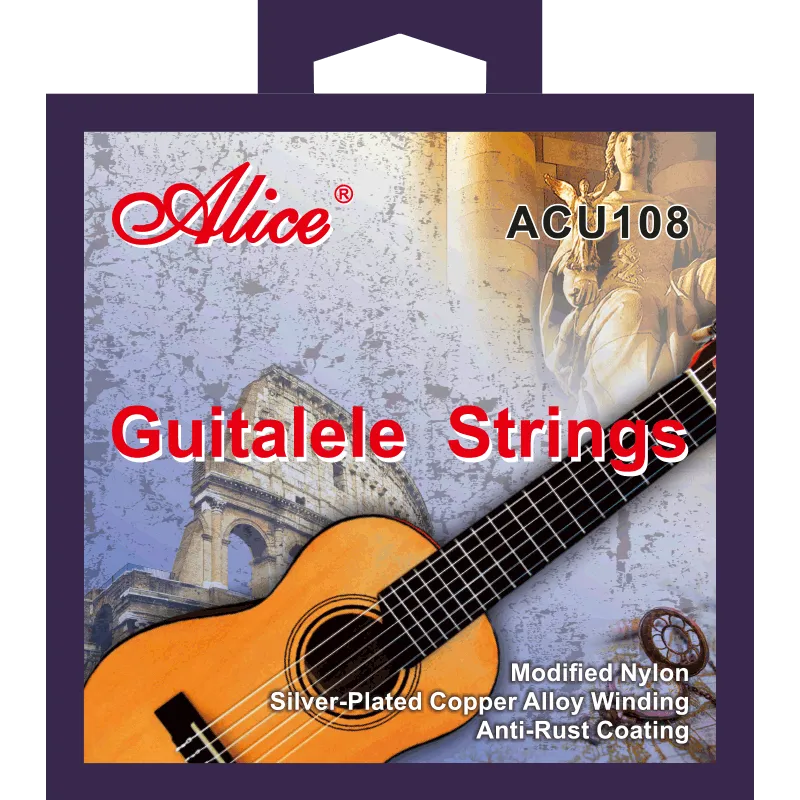
What is the Difference Between Guitar Strings and Guitalele Strings?
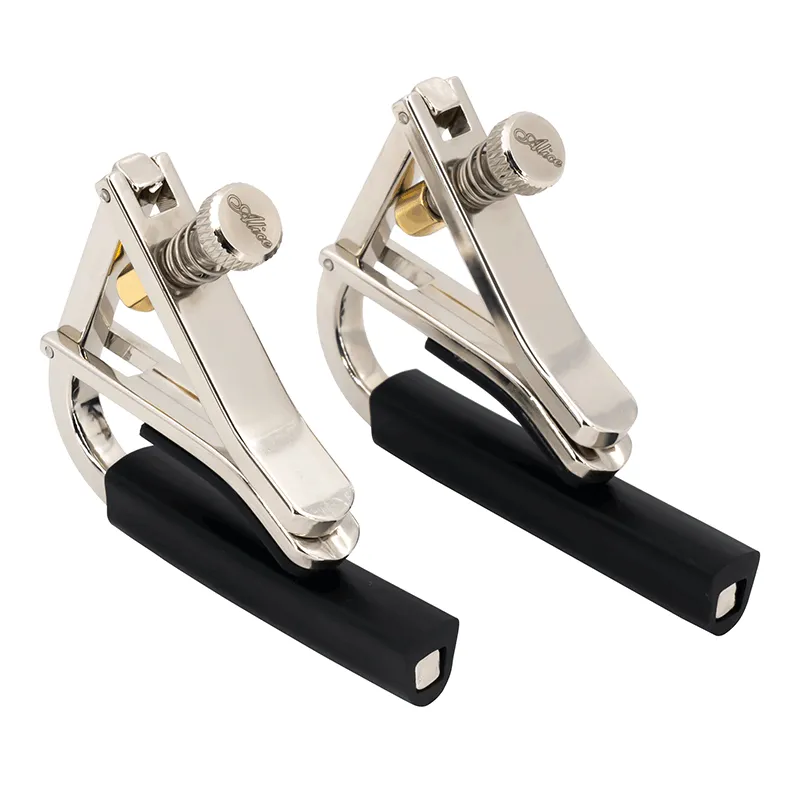
What Is a Guitar Capo Used For?

What Strings Are Best for an Acoustic Guitar?
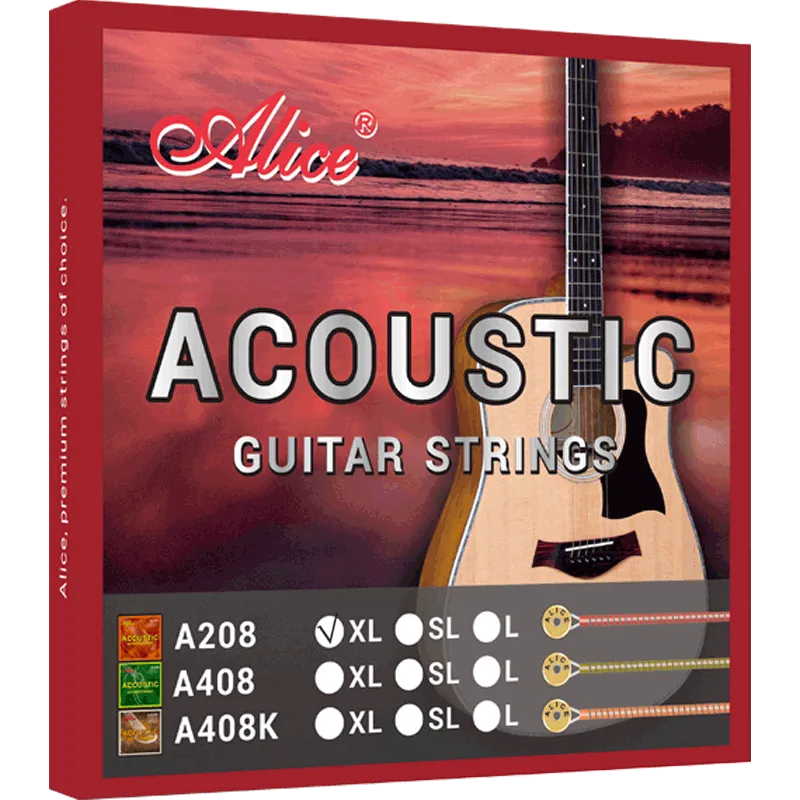
Electric Guitar Strings vs Acoustic Guitar Strings Difference, and Can Swap Them?
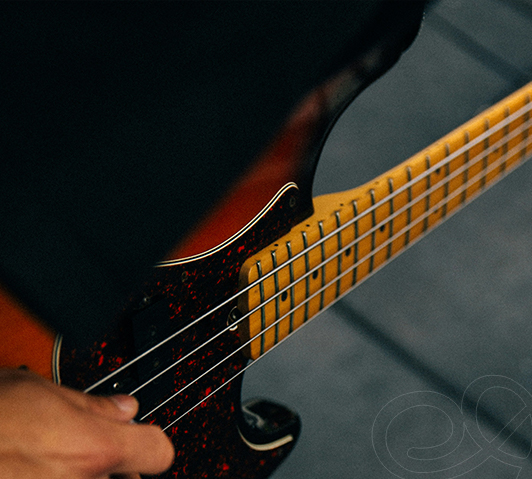
Guitar String Guide: Top Picks for Electric, Acoustic, and Classical Guitars

Alicestrings Guitar Strings Collection 2023
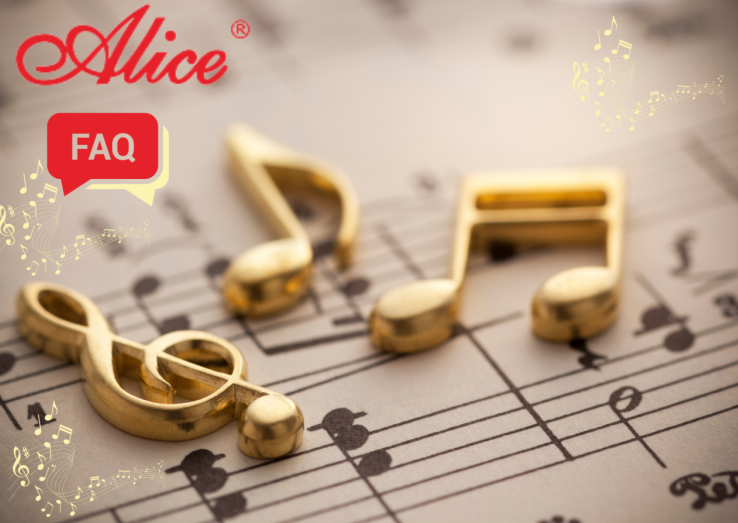
Alice String Set FAQs: All about Guitar/Oud/Bowed Instruments

[Guide] How to Properly Tune a Cello

How to Choose the Right Cello Strings
